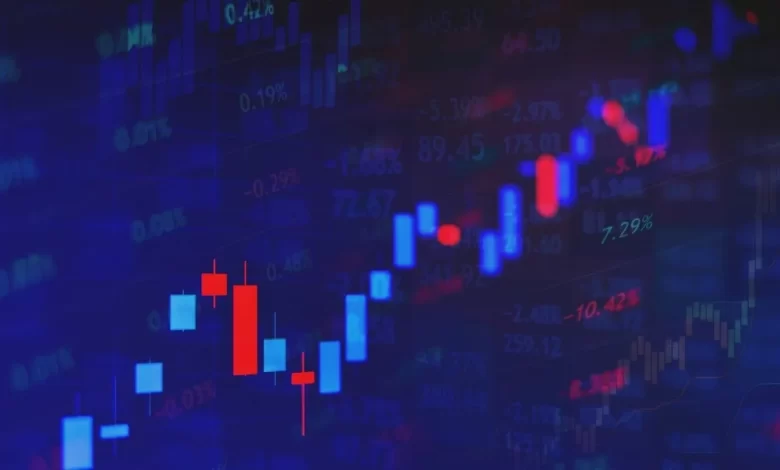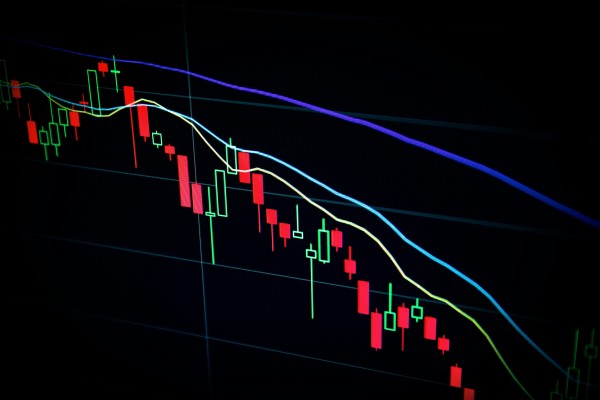Market-making strategies in tokenized assets

The evolution of digital finance has transformed traditional market-making approaches, introducing innovative methodologies that leverage blockchain technology’s unique capabilities. As markets mature and institutional participation increases, the sophistication of market-making strategy continues to evolve, incorporating advanced technologies and refined methodologies.
Understanding modern market dynamics
The digital asset marketplace operates 24/7, requiring sophisticated approaches to maintain liquidity and price stability. Market makers must adapt to this always-on environment, implementing automated systems that respond to real-time market movements while maintaining efficient price discovery mechanisms. This continuous operation presents unique challenges and opportunities that differentiate digital asset market-making from traditional markets.
Successful market makers utilise advanced algorithms for factors like volatility clustering, order book depth, and cross-market arbitrage opportunities. These systems must simultaneously process vast data points to maintain competitive spreads and manage risk effectively. Integrating rxs crypto technologies has enabled market makers to develop more sophisticated approaches to these challenges, improving efficiency and reducing operational risks.
Liquidity provision techniques
Modern market making has evolved beyond simple bid-ask spread management. Today’s practitioners employ multi-layered strategies incorporating dynamic spread adjustment based on market volatility, cross-venue liquidity aggregation, smart order routing optimisation, and risk-adjusted position management. These strategies must be continuously refined and adjusted for changing market conditions and participant behaviour.
The success of liquidity provision in digital asset markets depends heavily on maintaining consistent quote presence while managing inventory risk effectively. Market makers must balance the need to provide competitive quotes with the requirement to manage their exposure to market movements. This balance becomes particularly crucial during periods of high volatility or market stress. Advanced liquidity provision strategies often incorporate predictive analytics and machine learning elements to optimise quote placement and inventory management.
Risk management framework
Effective risk management forms the cornerstone of booming market-making in tokenised assets. This comprehensive approach encompasses multiple layers of protection and monitoring to ensure sustainable operations in all market conditions.
Position risk management

Market makers must carefully balance their inventory levels to minimise exposure to directional price movements while maintaining sufficient holdings to meet trading demands. This requires sophisticated market conditions and participant behaviour modelling to optimise inventory levels dynamically.
Technical risk mitigation
Implementing robust systems with multiple failsafes helps prevent losses from technical glitches or market anomalies. This includes rate limiting, circuit breakers, and automated position unwinding mechanisms.
Market impact analysis
Understanding and minimising market impact has become increasingly important as markets mature. Sophisticated market makers employ various techniques to analyse and reduce their footprint while maintaining effective price discovery and market efficiency. Implementation shortfall analysis helps market makers understand the actual cost of their trading activities, while market impact modelling enables them to optimise their strategies to minimise adverse price movements. These analyses must be conducted continuously and adjusted based on changing market conditions and participant behaviour. Integrating advanced analytics and machine learning has further enhanced market makers’ ability to provide consistent liquidity while managing risk effectively. As markets mature, these strategies will likely become even more sophisticated, incorporating new technologies and methodologies to improve efficiency and reduce costs.
The future of market-making in tokenised assets continues to evolve as new technologies emerge and markets mature. Success requires combining traditional financial expertise and understanding blockchain technology’s capabilities and limitations. Market makers who stay ahead of these technological advances while maintaining sound risk management practices.




